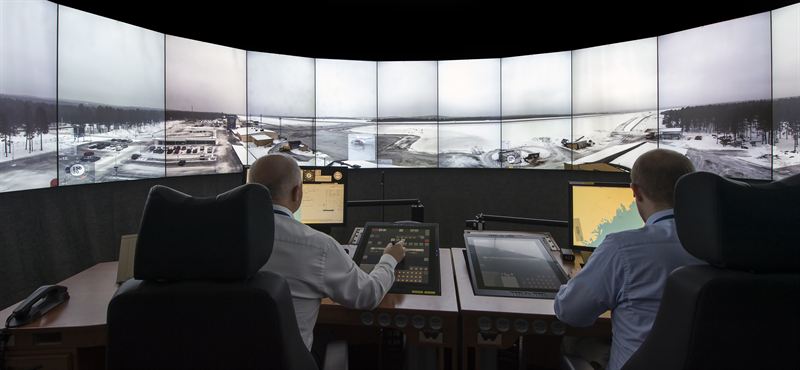Momentum is building for air traffic control (ATC) reform. With health care reform prospects dashed for now, and tax reform facing a difficult path, ATC reform could be an area for legislative progress in coming months. The Trump administration and House leadership are on-board with an ATC privatization plan passed through the lower chamber’s transportation committee. And while the Senate is always a hurdle for fiscally conservative reforms, privatization supporters have leverage because current funding for the ATC system runs out at the end of September.
Why do we need major ATC reform? This is a high-tech industry that is rapidly evolving, yet our system is trapped inside of the hopelessly sluggish Federal Aviation Administration (FAA). In other countries, independent ATC systems are moving ahead with an array of innovations. We are falling behind in a very real way, which has important ramifications for airport congestion, flight delays, and aviation safety.
Consider one cool new ATC technology: “remote” or “virtual” control towers. The iconic airport towers that have the big windows for controllers to see runways are likely on the way out. They will be replaced by visual and infrared cameras on runways able to pan and zoom, with the electronic feed going to control centers either nearby or hundreds of miles away. The feed will be displayed on wall-sized high-definition monitors that will be overlaid with electronic flight and sensor information.
The United States is behind on remote towers, as we are on many ATC technologies. The first remote tower was built by Saab and put in operation in Sweden in 2015, as shown in the photo. The company describes some of the advantages of remote towers here, including superior performance at nighttime and during bad weather.

Sweden has implemented the system at three airports and is planning more. Its neighbor Norway “is going further and consolidating control of 15 small northern airports into one virtual tower. Another 17 airports may be added to that centre later,” according to The Economist.
Britain’s privatized ATC company is installing a remote tower at London City Airport. The feed from 14 cameras will go to a control room 80 miles away. The new system—built by Saab—will be better and cheaper than a traditional tower, and it will free up land space.
Ireland has successfully tested remote tower systems at two of its airports, and Germany is installing a remote tower at Saarbrücken Airport with the controllers sitting “350 miles away in Leipzig.” Wow.
Canadian firm Searidge Technologies is installing remote tower systems in Budapest and other cities. The privatized British and Canadian ATC companies are co-owners of Searidge.
What about the United States? The FAA has been slow to explore remote tower systems, as it has been slow to adopt satellite-based navigation, electronic flight strips, and other ATC advances. Remote tower systems are being demonstrated at airports in Virginia and Colorado, but the FAA is not part of those experiments.
Instead, Bob Poole notes that the FAA is building new towers in Charlotte ($112 million), Philadelphia ($200 million), and other cities. All are expensive traditional towers. Remote towers are the future, but the FAA is stuck in the past.
Here is a crucial political point: ATC reforms face opposition in Congress by members who fear that a privatized system will hurt small, rural airports. But remote towers could be the savior of small airports because they offer a much cheaper way to provide ATC at low-traffic facilities. The Economist says the remote towers in Norway “could bring the cost of air-traffic services down by as much as 40%. The savings could be used to help to maintain services at small airports which might not have control towers of their own, or are not busy enough to maintain a full-time tower service.”
Remote towers are the exact type of innovation that a privatized U.S. ATC service would pursue to improve quality and cut costs. But for a host of bureaucratic reasons, it is one of many opportunities that our lethargic government system is slow-walking or ignoring.
For more on remote towers, see a new Reason Foundation study here and a study by the company that installed the German system here. For more on ATC reform, see here.
Departments:
Themes: